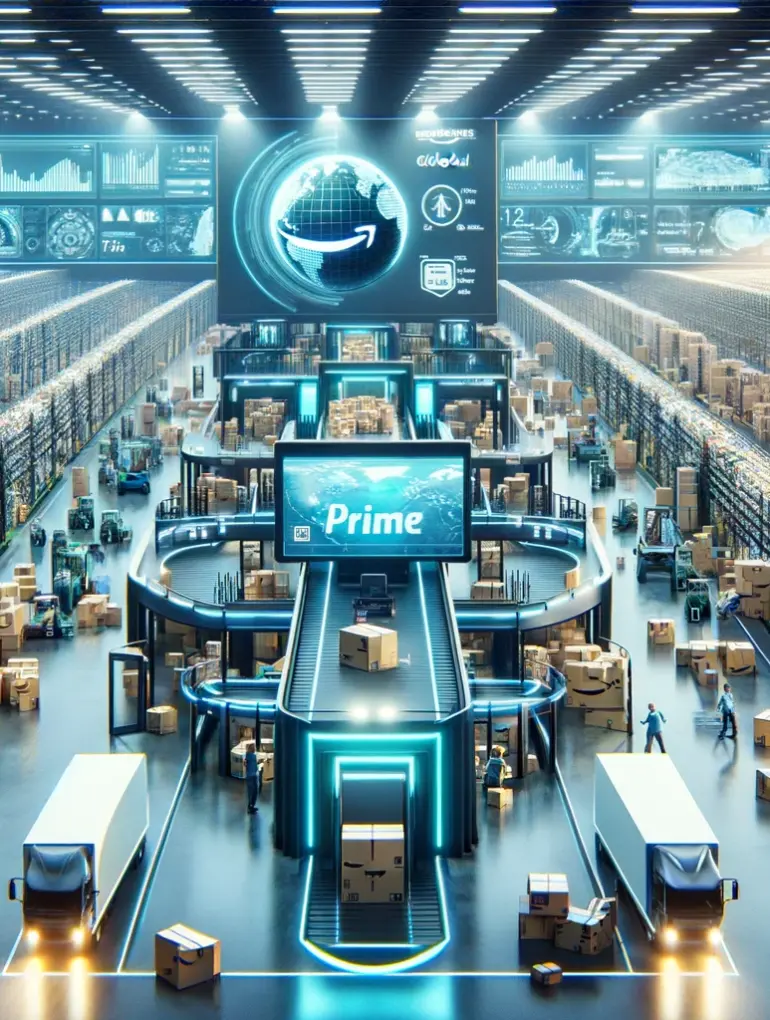E-commerce has exploded in popularity over the past decade. Online shopping is now ubiquitous, with global e-commerce sales projected to reach $7.4 trillion by 2025, according to Statista. This massive growth represents a huge opportunity for entrepreneurs and small businesses looking to capitalize on the demand for online retail.
When starting an e-commerce business, one of the most fundamental decisions you’ll make is choosing the right business model. The model you choose can have significant impacts on things like your startup costs, day-to-day operations, profit margins, and more. Two of the most popular e-commerce models today are dropshipping and Fulfillment by Amazon (FBA). Both models have distinct pros and cons to consider.
As someone who has dabbled in both dropshipping and Amazon FBA, I know the challenges and rewards of each approach. While dropshipping allowed me to test products without significant upfront investment, Amazon FBA provided a more hands-off fulfillment process and access to a massive customer base.
In this guide, I’ll explore what dropshipping and Amazon FBA are, how they work, key differences between the two models, and factors to help you determine which approach may be the best fit for your e-commerce ambitions and goals.
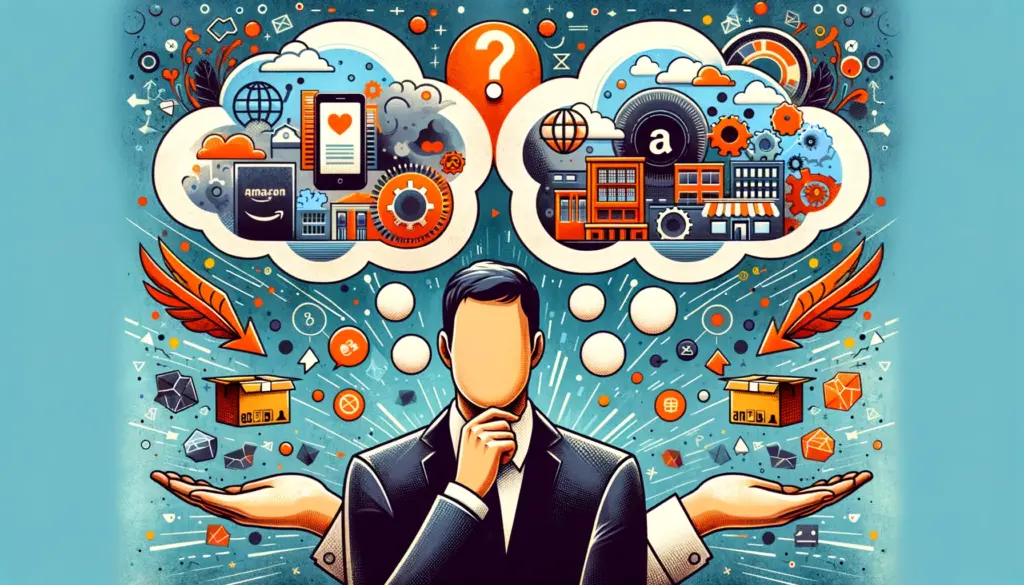
Let’s dive in and compare these two e-commerce heavyweights!
What is Dropshipping?
Dropshipping is an e-commerce fulfillment method that allows online retailers to sell products without actually stocking inventory. With dropshipping, the retailer markets and sells products, then transfers customer orders and shipment details to a third party supplier or manufacturer to ship the goods directly to the customer.
The key players in the dropshipping model include:
- The online retailer or dropshipper (You): Lists and markets products from suppliers, receives orders from customers
- The supplier or manufacturer: Stores inventory, packages and ships products directly to customers
- The customer: Purchases products from the retailer, receives shipment from the supplier
Here’s a quick overview of the dropshipping process:
- Customer places an order on your online store
- You forward the order details to your supplier
- The supplier packages and ships the product to the customer
- You keep the difference between the retail and wholesale price as profit
When an order is placed on a dropshipper’s online store, the dropshipper sends purchase details like product SKU and customer address to the supplier. The supplier then picks, packs, and ships the product to the customer.
The customer receives the shipment with packing slips and branding from the dropshipping retailer, not the supplier. This allows the retailer to operate without having to hold any inventory.
Pros of Dropshipping
- Low startup costs: Dropshipping eliminates the need to invest in product inventory upfront. You can launch an e-commerce store with minimal capital.
- Low overhead: You won’t have to worry about warehousing, managing inventory, or packaging orders. The supplier handles it all.
- Global reach: You can sell products worldwide without worrying about shipping complexity. Suppliers in certain regions can handle fulfillment.
- Wide product selection: Choose from millions of products to market without holding any inventory. Add or remove products easily.
- Flexibility: Operate your dropshipping business from anywhere with an internet connection. No need for a warehouse.
Cons of Dropshipping
- Low profit margins: Buying wholesale from suppliers cuts into profits. Competing with other dropshippers also drives down margins.
- Limited quality control: You rely on your suppliers for handling inventory storage, packaging, and shipping. This can impact quality.
- Shipping issues: Having multiple suppliers ship directly to customers can cause delayed deliveries and logistical issues.
- Supplier errors: Out-of-stock items or shipping mistakes made by suppliers can negatively impact customers.
- Intense competition: The low barriers make dropshipping competitive. Differentiating your business is vital.

What is Amazon FBA?
Fulfillment by Amazon, or FBA, is an e-commerce model where sellers send their products to be stored in Amazon’s fulfillment centers. When an order is placed, Amazon handles packing and shipping the products on the seller’s behalf.
Here is how the Amazon FBA process typically works:
- Seller sends inventory to Amazon warehouses and registers products for FBA
- Products are stored until sold, with Amazon managing inventory
- Customer places order on Amazon or seller’s online store
- Amazon fulfills the order by picking, packing, and shipping to the customer
- Seller is notified of the sale and receives earnings minus Amazon fees
Sellers who use FBA benefit by leveraging Amazon’s massive customer reach and logistics infrastructure. Products enrolled in FBA are eligible for Prime shipping, which helps increase sales. Amazon also handles all customer service for FBA orders after shipment.
Pros of Amazon FBA
- Built-in audience: Tap into hundreds of millions of Amazon customers and Prime members.
- Fulfillment and logistics: Amazon has state-of-the-art warehouses and optimized delivery operations.
- Prime eligibility: Products get Amazon Prime shipping with 2-day or faster delivery.
- Customer service: Amazon handles returns, exchanges, and other customer service after shipment.
- Profit potential: Items sold on Amazon tend to have higher margins compared to dropshipping.
Cons of Amazon FBA
- Expensive fees: Amazon charges fees for storage space, fulfillment, and other optional services. These eat into profits.
- No brand control: Customers deal with Amazon for the transaction, limiting brand exposure.
- Restrictive requirements: Amazon has strict policies around packaging, prep, and shipping FBA products.
- Inventory costs: You must purchase inventory upfront instead of dropshipping on-demand.
- Product competition: Amazon’s vast selection leads to fierce competition between similar products.
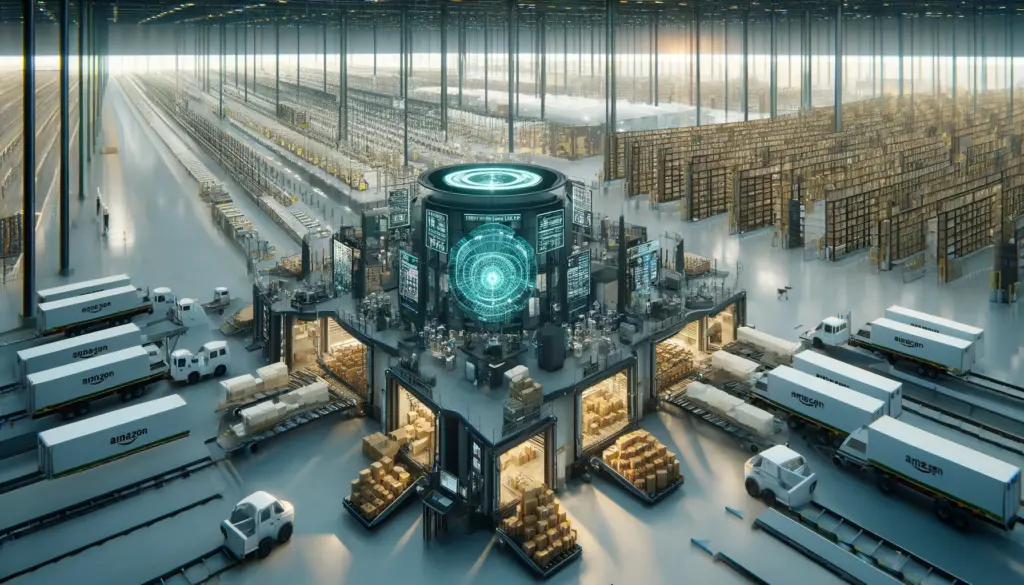
Key Differences Between Dropshipping and Amazon FBA
Now that we’ve explored both models, let’s compare some of the key differences between dropshipping and Fulfillment by Amazon:
Startup costs
Dropshipping has very low startup costs, since you don’t need to purchase inventory. With FBA, you need capital to manufacture or purchase inventory in bulk before selling.
Profit margins
FBA sellers generally earn higher margins selling on Amazon compared to dropshipping. But FBA fees can cut into profits significantly.
Order fulfillment
With dropshipping, the supplier ships orders to customers. With FBA, Amazon stores inventory and handles fulfillment.
Location flexibility
Dropshipping allows location independence since you don’t deal with physical products. FBA requires proximity to Amazon warehouses.
Branding control
Dropshippers can brand their independent online stores. With Amazon, sellers have little control over brand experience.
Time investment
Dropshipping takes significant time to find suppliers, manage orders, and handle issues. FBA is more hands-off after the initial setup.
Risk and liability
Dropshippers carry less risk since they don’t own inventory. FBA sellers are liable for unsold inventory.
Let’s break down the main differences between these two e-commerce models in comparison table:
| Factor | Dropshipping | Amazon FBA |
|---|---|---|
| Startup costs | Low | Higher |
| Inventory | No need to purchase upfront | Must buy inventory in advance |
| Order fulfillment | Handled by supplier | Handled by Amazon |
| Shipping | Can be unpredictable | Fast and reliable with Prime |
| Branding | More control on own website | Limited on Amazon’s platform |
| Profit margins | Typically lower | Potentially higher |
| Customer support | Handled by seller | Handled by Amazon |
| Market access | Limited by supplier’s reach | Global access through Amazon |
| Quality control | Difficult to maintain | Easier to ensure before sending to Amazon |
| Competition | High due to low entry barrier | High on Amazon marketplace |
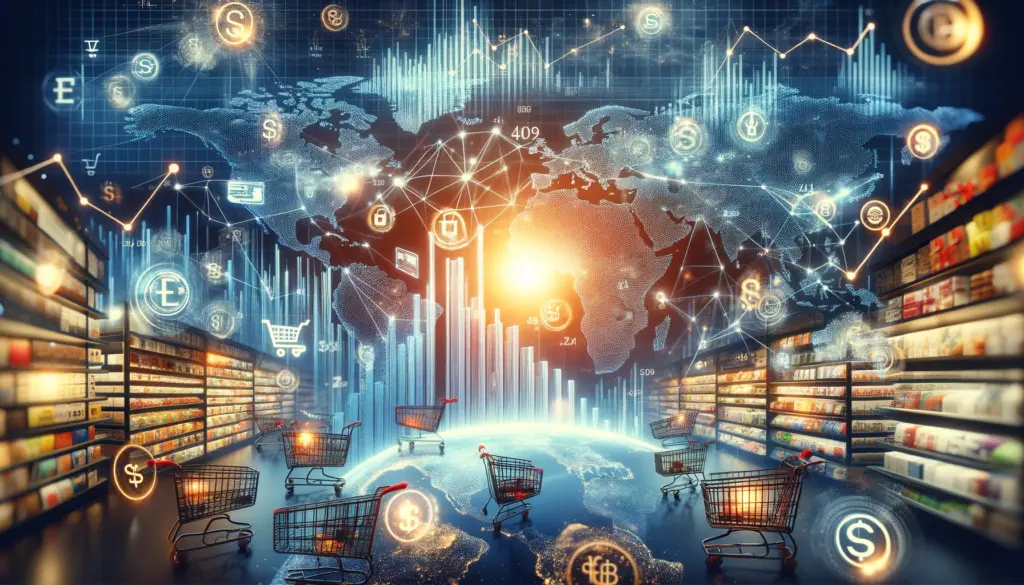
Factors to Consider When Choosing a Model
When deciding between dropshipping and Fulfillment by Amazon, take the following factors into account:
Budget and capital
FBA requires greater upfront investment in inventory. Dropshipping has much lower startup costs.
Existing business assets
If you have an established brand, website, or audience, dropshipping may be easier to integrate.
Time commitment
Dropshipping demands more hands-on time for supplier management. FBA is more passive.
Product category
Some products, like large furniture, don’t work for FBA shipping. Select products suited for each model.
Desired profit margins
Dropshipping margins tend to be lower. FBA has greater profit potential but Amazon fees apply.
Control over branding
With dropshipping, you can develop your brand creatively. FBA offers little branding control.
E-commerce experience
Dropshipping is better for total beginners. FBA is preferred for experienced online sellers.
Risk tolerance
FBA carries the risk of getting stuck with unsold inventory. Dropshipping inventory risks are lower.
Which Model is Best for You?
So which e-commerce model should you choose? Let’s explore some general guidelines.
Dropshipping tends to be better for:
- Early stage e-commerce: The low startup costs and operational flexibility make dropshipping ideal for new entrepreneurs or businesses testing new products.
- Test new product ideas: Validate product-market fit before investing in large inventory quantities.
- Independent brands: Building a standalone brand lends itself to the customizable customer experience of dropshipping .
- Handmade/craft businesses: For sellers of handmade or custom products, dropshipping allows easy integration with your existing operations.
Amazon FBA tends to be better for:
- Established brands: If your business already has an audience, FBA allows you to scale up sales rapidly.
- Proven best-sellers: For products already selling well offline or online, FBA can turbocharge sales.
- Substantial capital: If you have significant funds to invest, buying FBA inventory in bulk can boost margins.
- Efficiency at scale: For large enterprises, FBA provides access to Amazon’s optimized infrastructure.
Also consider the following questions:
- What is your budget? If you have limited funds, dropshipping may be more accessible. If you have more capital to invest, Amazon FBA could be a viable option.
- How much time can you invest? Dropshipping requires more hands-on management of suppliers and customer service, while Amazon FBA handles most of the fulfillment process for you.
- How much control do you want over your brand? With dropshipping, you have more freedom to create a unique brand experience on your own website. On Amazon, your brand may be overshadowed by the platform itself.
- What’s your risk tolerance? Dropshipping involves less financial risk since you don’t need to purchase inventory upfront. Amazon FBA requires a larger investment, but can potentially yield higher returns.
- What are your long-term goals? If you aim to build a scalable business with a strong brand identity, investing in Amazon FBA might be the way to go. If you prefer testing products and markets with minimal risk, dropshipping could be a better fit.
For most sellers, the best approach may be to test dropshipping, then expand to FBA on Amazon once your products gain traction and you have data to inform your inventory investments. This allows for validating product demand before purchasing bulk inventory.

Conclusion
Determining whether to build your e-commerce business as a dropshipper or Amazon FBA seller is an important strategic choice. Key factors like startup costs, branding, profit potential, and workload should all weigh into your decision.
Dropshipping represents a more accessible starting point for e-commerce newcomers, while FBA offers faster growth for established businesses ready to scale up. Some sellers utilize both models, dropshipping to test new products before expanding successful ones through FBA.
There’s no one-size-fits-all answer. Assess your own skills, resources and business goals. Focus on your strengths. With diligent execution, both dropshipping and Amazon FBA represent proven paths to e-commerce success. The most important thing is taking action, starting a store, and learning as you build experience.
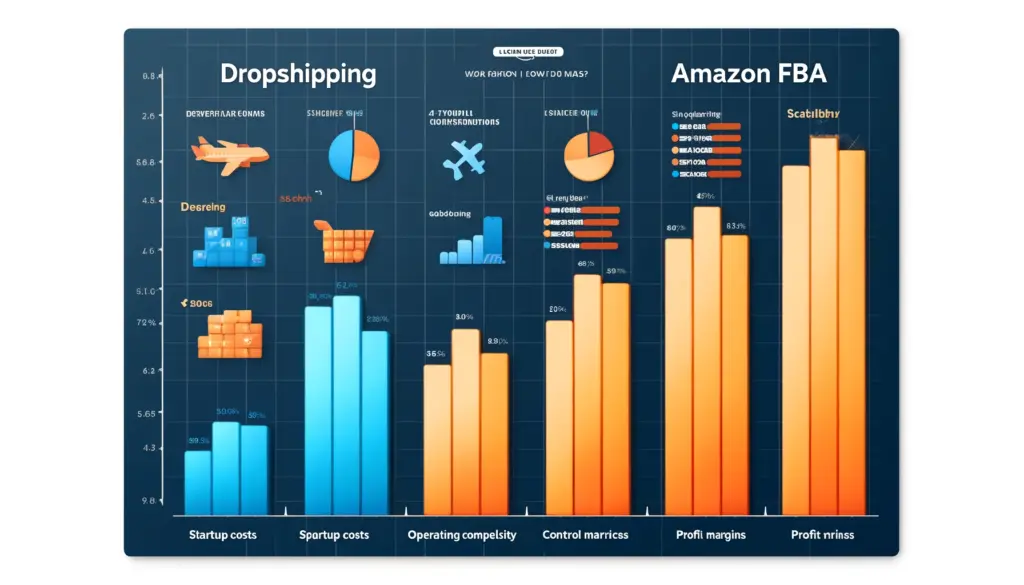
Frequently Asked Questions
How much does it cost to start a dropshipping business?
The startup costs for dropshipping are generally between $500-$1500. This covers basic expenses like web hosting, theme, email services, and business registration fees. You also need working capital for advertising.
How much does it cost to start selling on Amazon FBA?
The costs to start selling on FBA varies, but often fall between $3000-$5000. This includes inventory production/purchasing costs, shipment to Amazon, plus Amazon seller account fees. Many experts recommend having at least $5000 to launch FBA properly.
Can you do both dropshipping and FBA?
Yes, many sellers utilize both dropshipping and FBA concurrently. A common model is dropshipping to validate products, then expanding inventory for top sellers through FBA. Managing two models takes more work, but allows flexibility.
Do I need approval to dropship on Amazon?
Yes, to dropship on the Amazon Marketplace, you must apply for approval in the Dropship on Amazon program. Approval is based on factors like order volume and performance history.
What is the main difference between dropshipping and Amazon FBA?
The main difference is that with dropshipping, the seller doesn’t hold inventory and the supplier ships directly to the customer. With Amazon FBA, the seller sends their inventory to Amazon’s warehouses and Amazon handles the storage, packing, shipping and customer service.
Which model requires less upfront investment, dropshipping or Amazon FBA?
Dropshipping typically requires less upfront investment since you don’t need to purchase inventory in advance. With Amazon FBA, you need to buy products upfront to send to Amazon’s warehouses, which requires more initial capital.
Which model offers higher profit margins, dropshipping or Amazon FBA?
Amazon FBA generally offers higher profit margins than dropshipping. With FBA, you can buy products in bulk at lower prices. Dropshipping profit margins are often slimmer since you’re buying products individually from the supplier at wholesale prices.
Is it easier to scale a business with dropshipping or Amazon FBA?
Amazon FBA is generally easier to scale since Amazon handles all the logistics of storing, packing and shipping your orders. With dropshipping, you may face challenges as order volume increases, since you’re reliant on the supplier to fulfill orders in a timely manner.
Which model offers more control over branding and customer experience?
Dropshipping offers more control over branding, since you can create your own website and customize the customer experience. With Amazon FBA, your products are listed on Amazon’s marketplace alongside other sellers, so you have less ability to differentiate your brand.
How do shipping times compare between dropshipping and Amazon FBA?
Amazon FBA offers faster and more reliable shipping, since products are eligible for Prime 2-day shipping. With dropshipping, shipping times can be longer and less predictable since the supplier is responsible for shipping products to the customer.
Which model is better for building a loyal customer base?
Amazon FBA provides access to Amazon’s huge built-in customer base, but those customers are loyal to Amazon, not your brand. Dropshipping allows you to build your own brand and website to cultivate loyal customers, but you have to work harder to drive traffic.
How do startup costs compare between dropshipping and Amazon FBA?
Dropshipping has very low startup costs – you mainly need to create a website and do some marketing. Amazon FBA requires more upfront investment to purchase initial inventory, plus additional fees for Amazon to store and fulfill your products.
Which model is better for selling products globally?
Amazon FBA makes it easier to sell products globally, since Amazon has fulfillment centers worldwide and can handle customs and international shipping. With dropshipping, it can be more complex to find reliable suppliers who ship worldwide.
